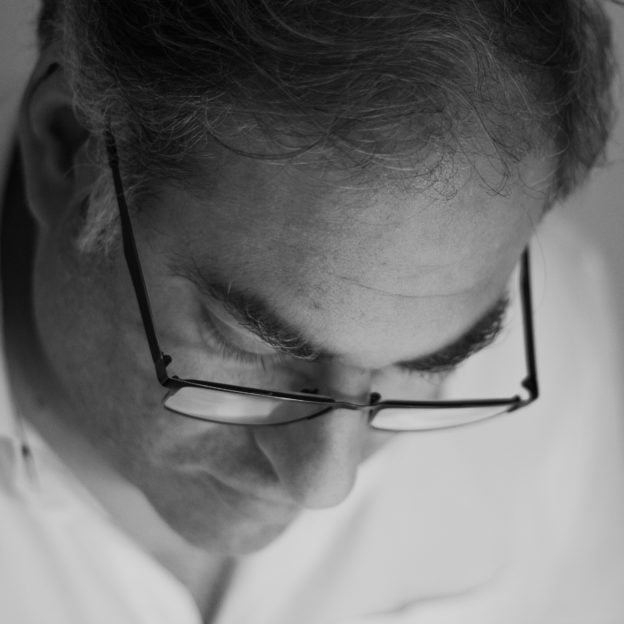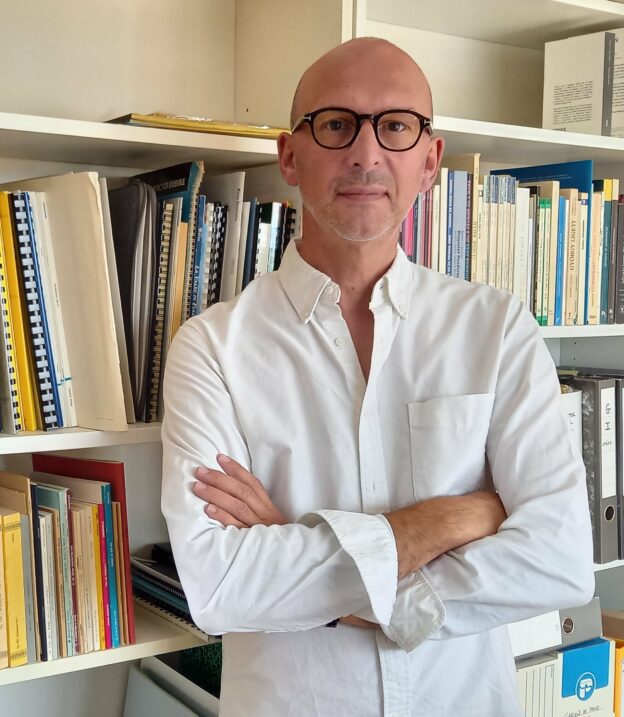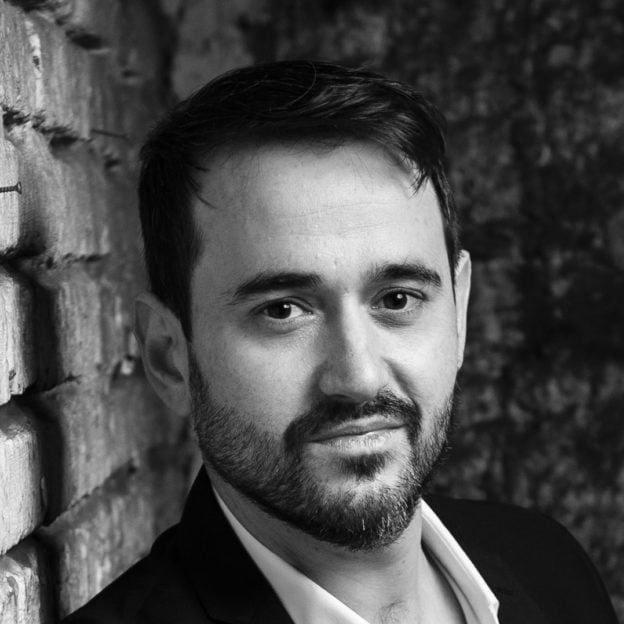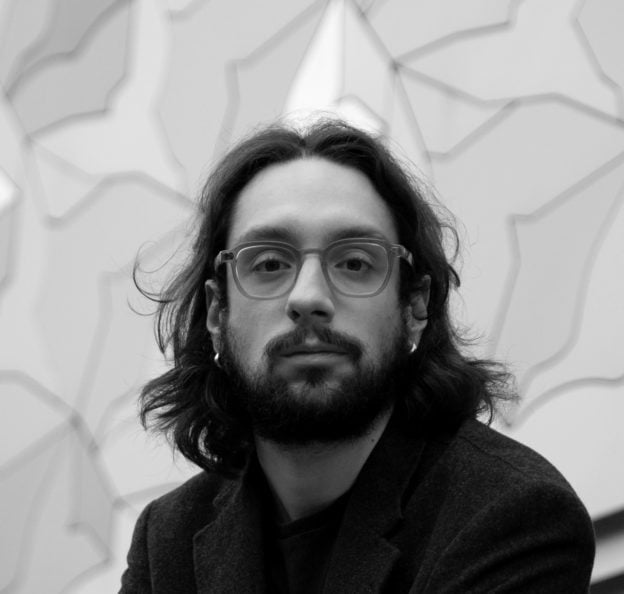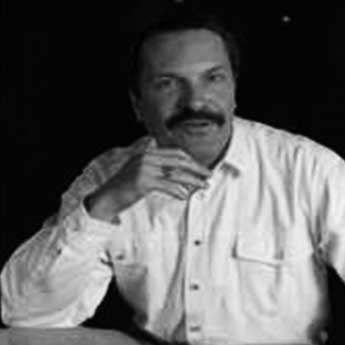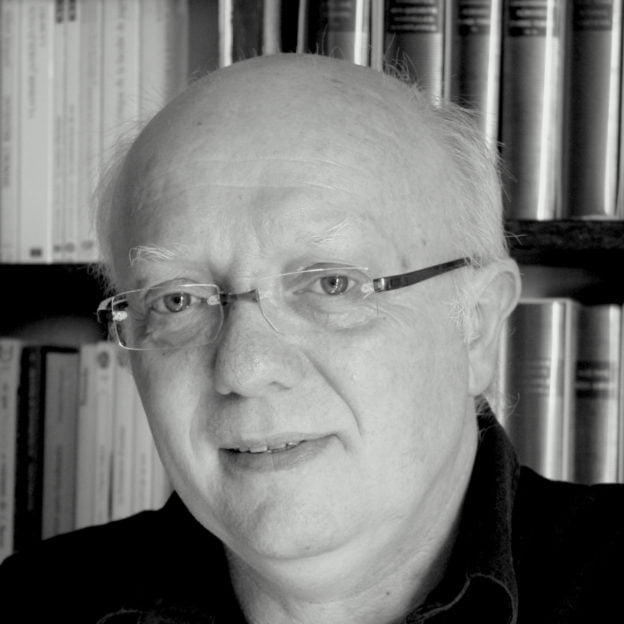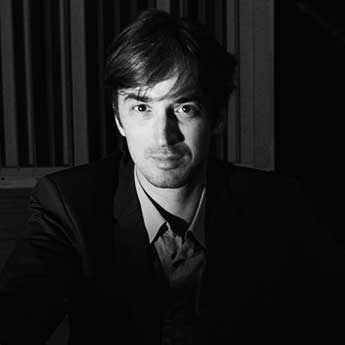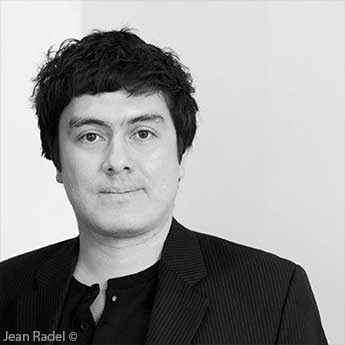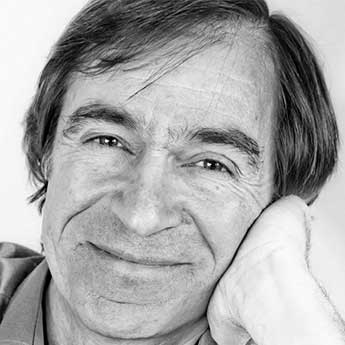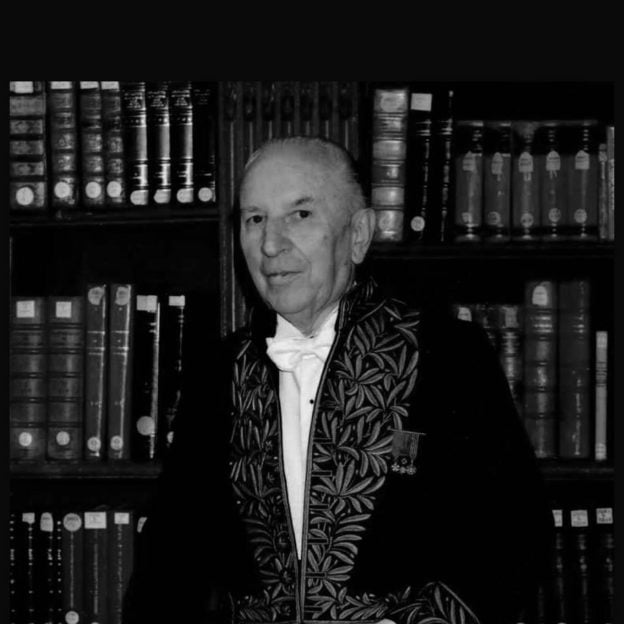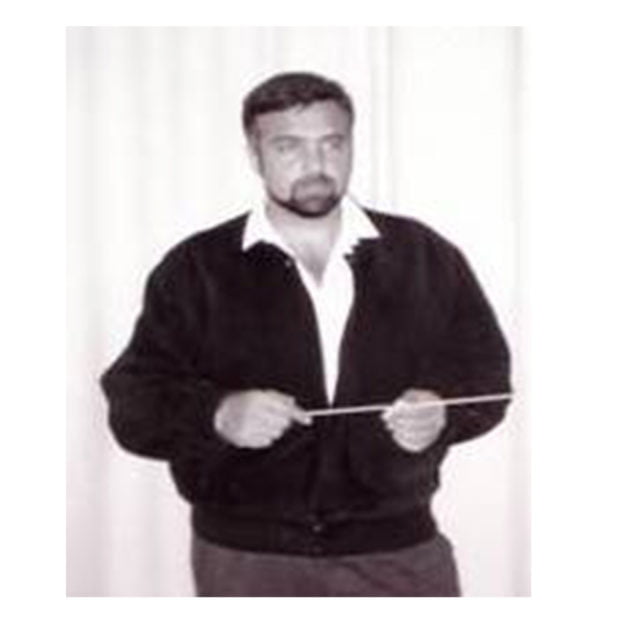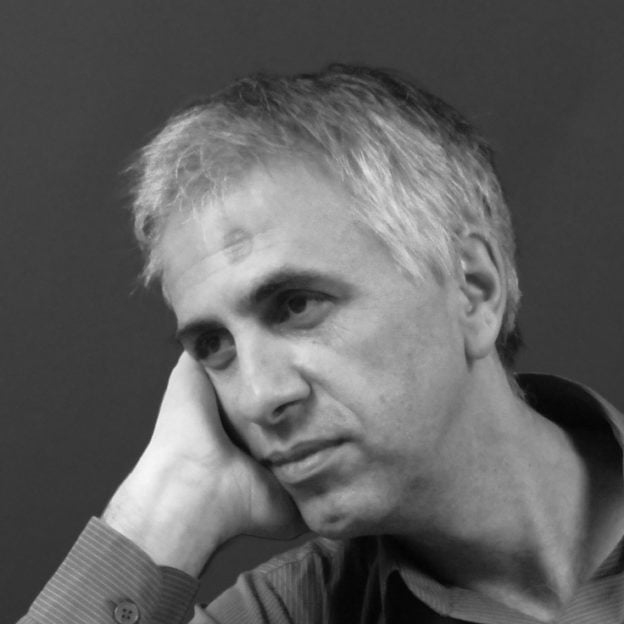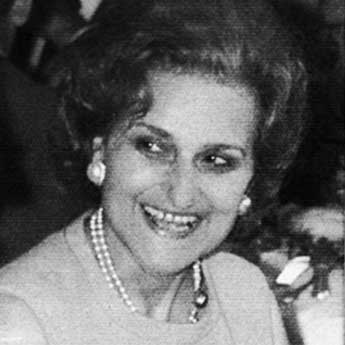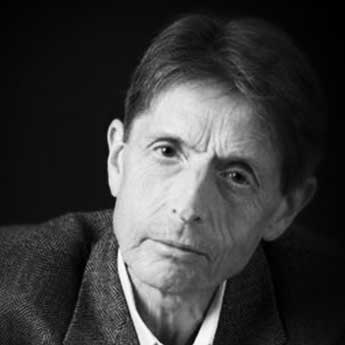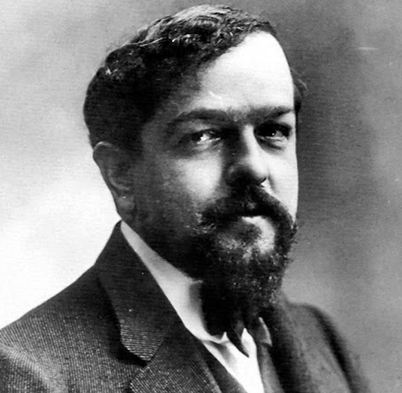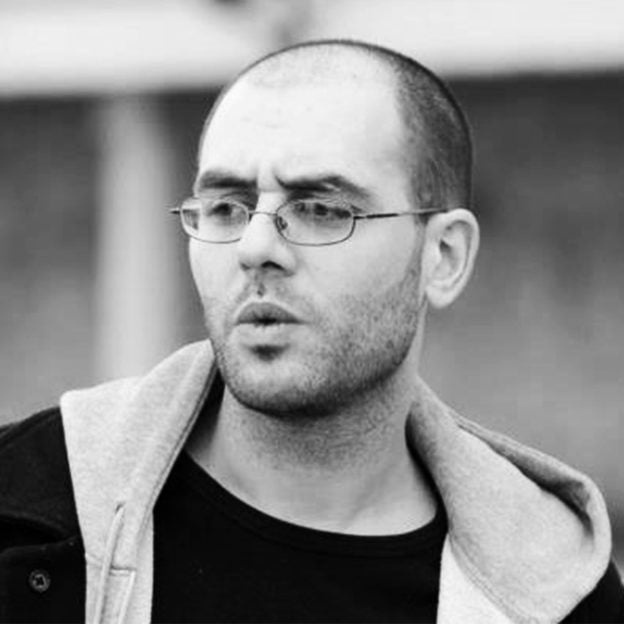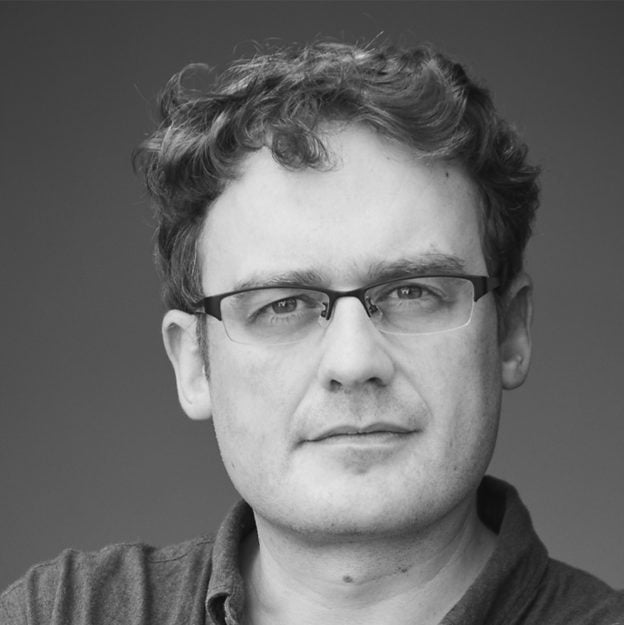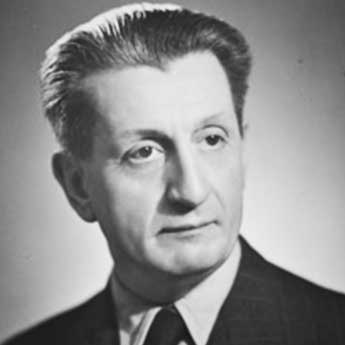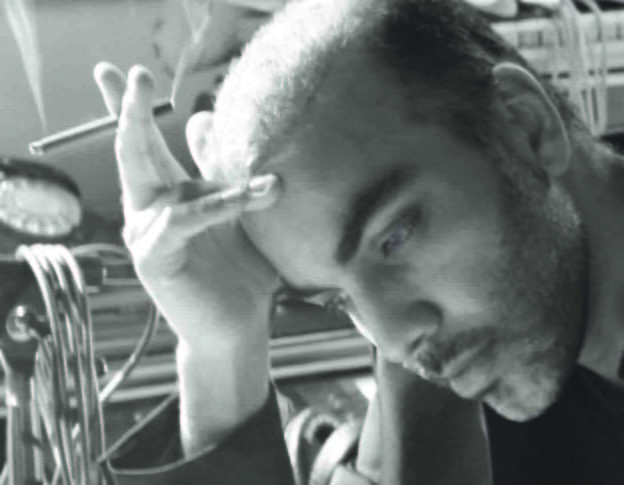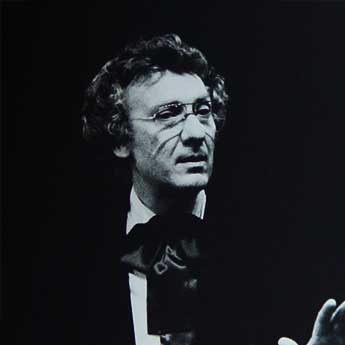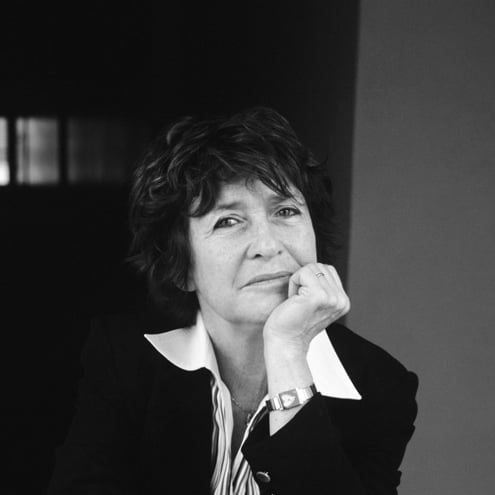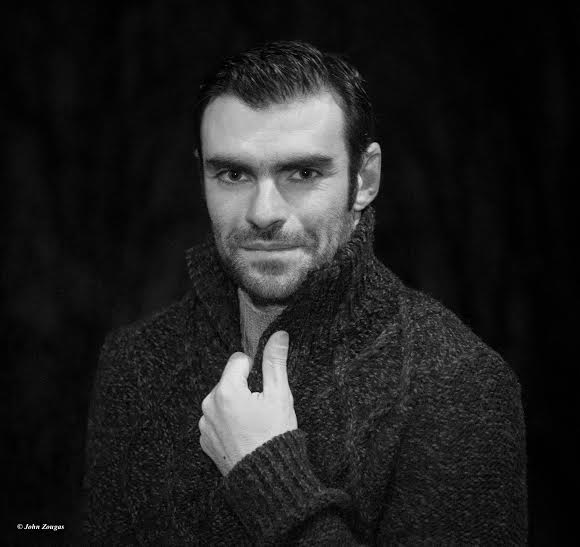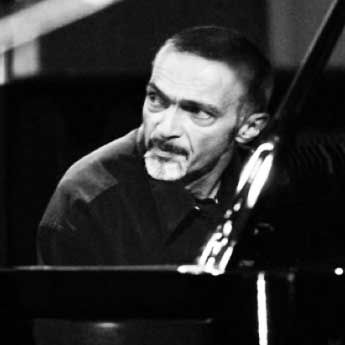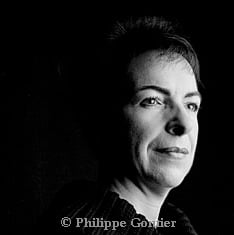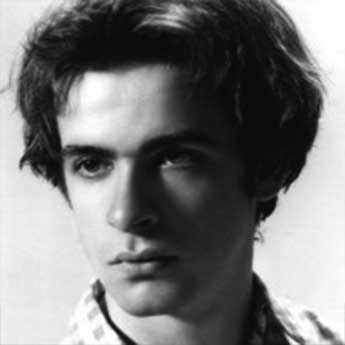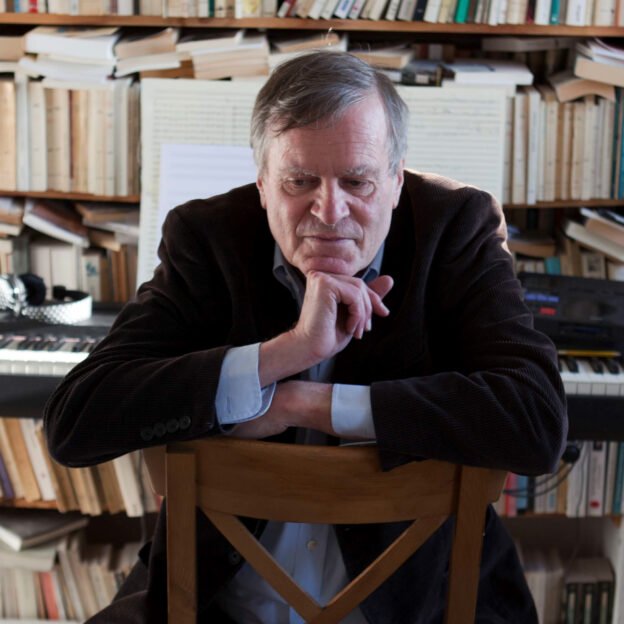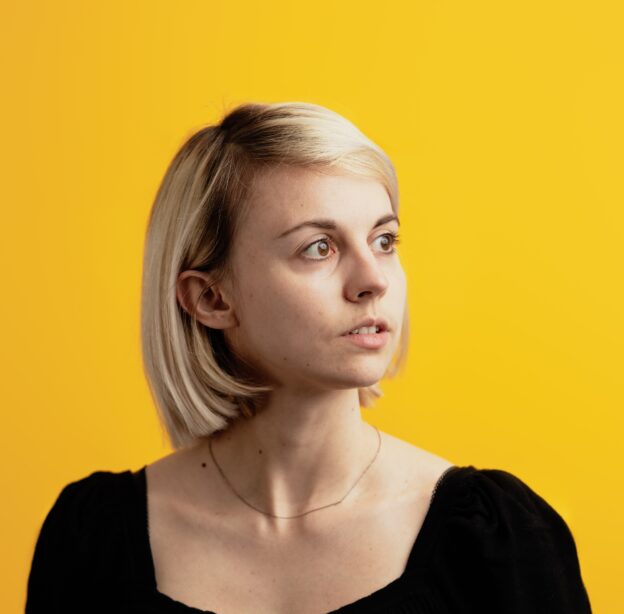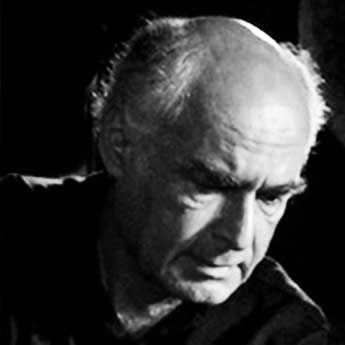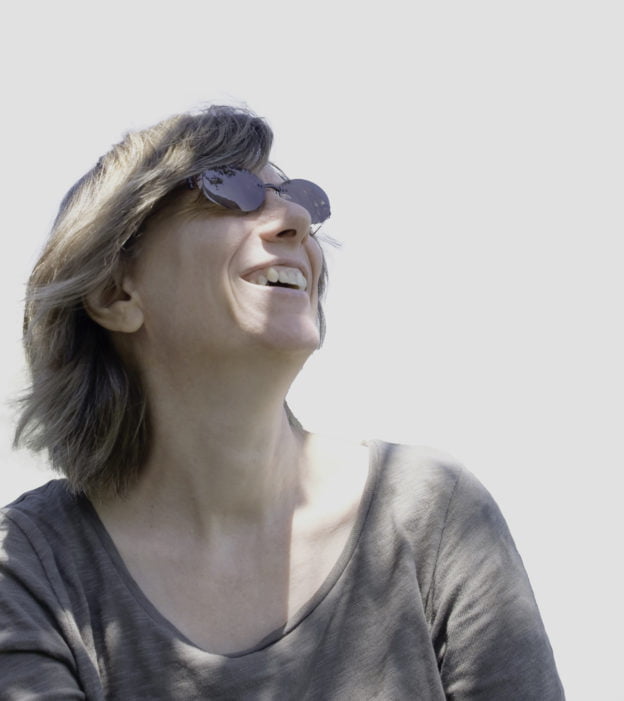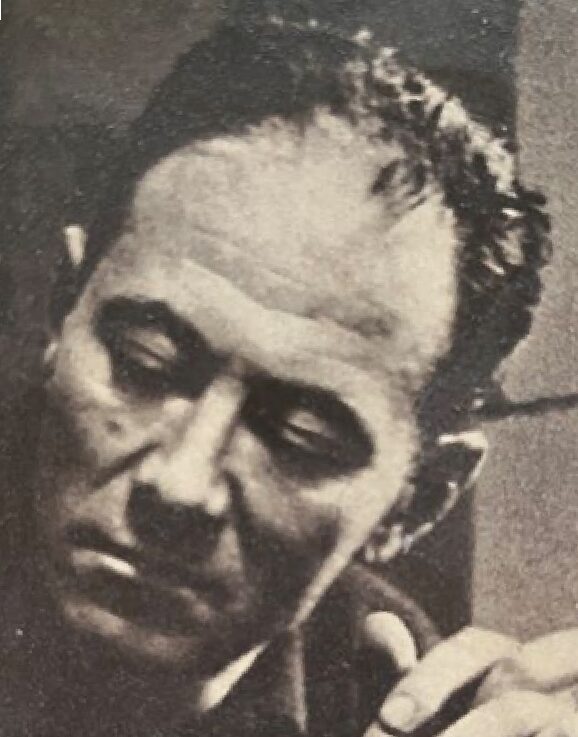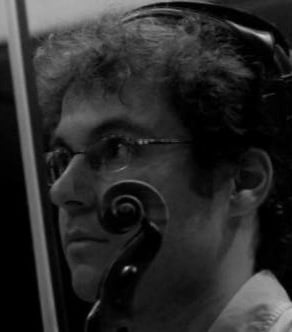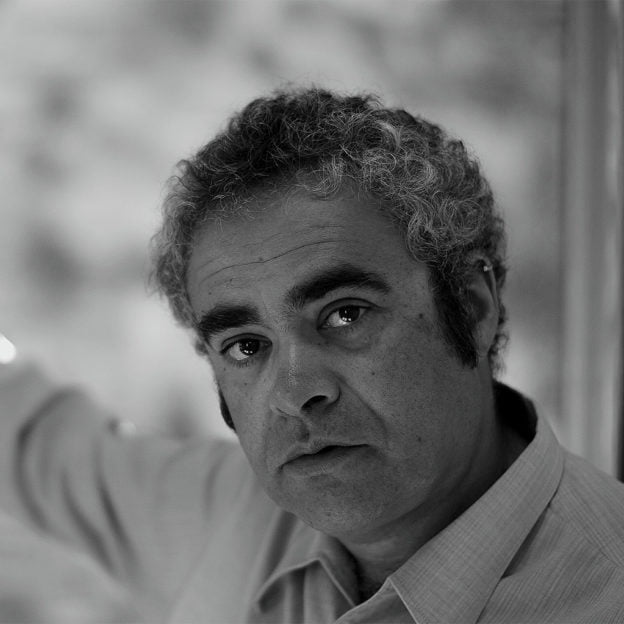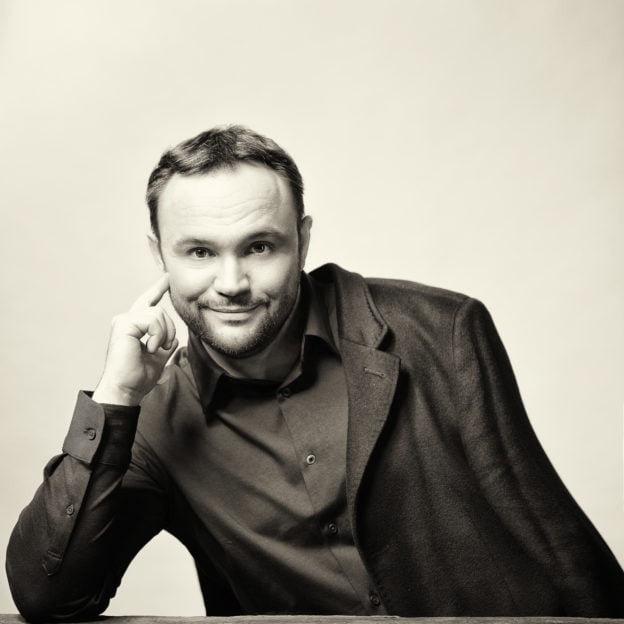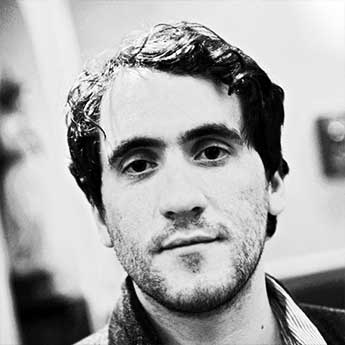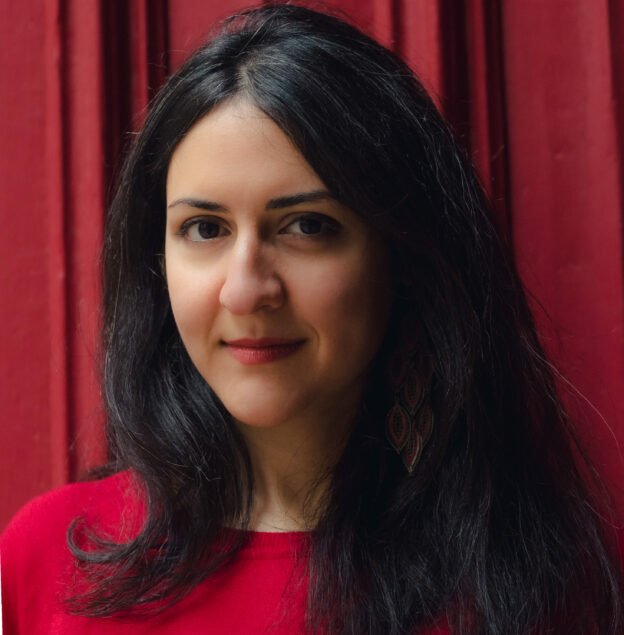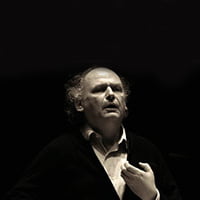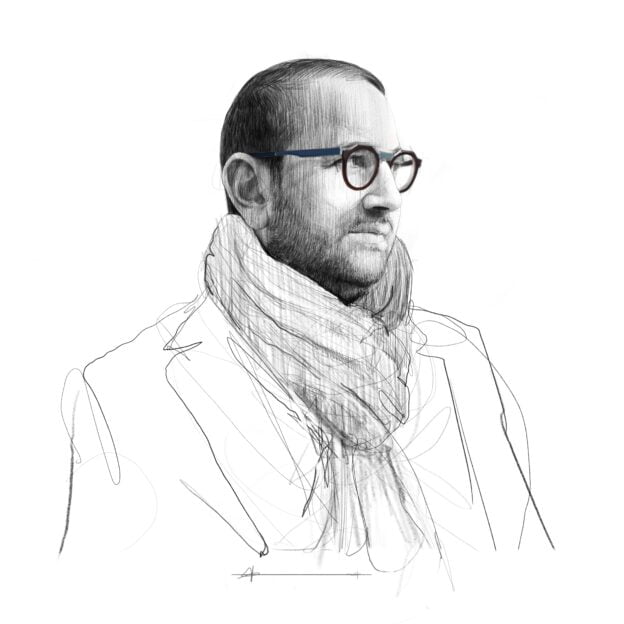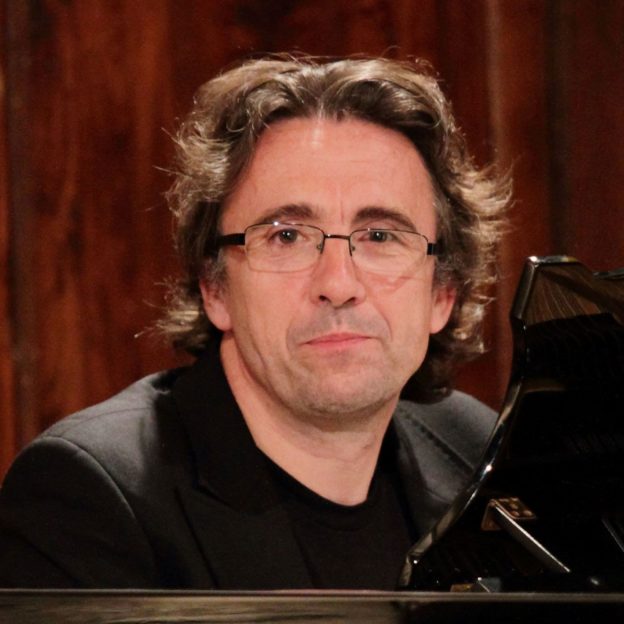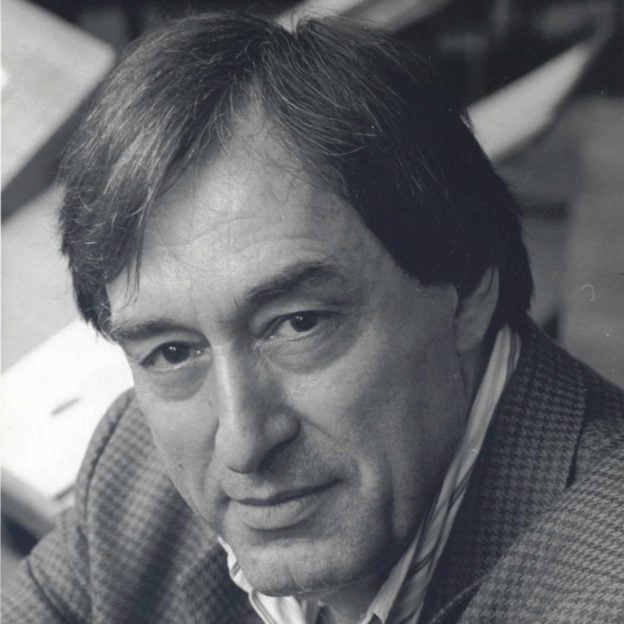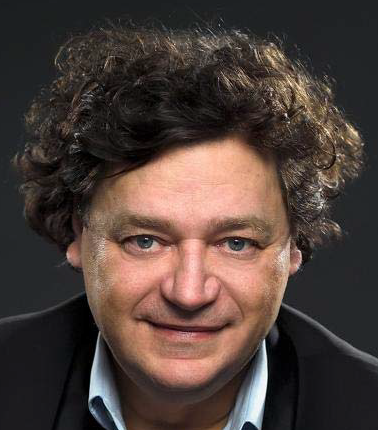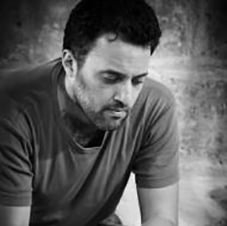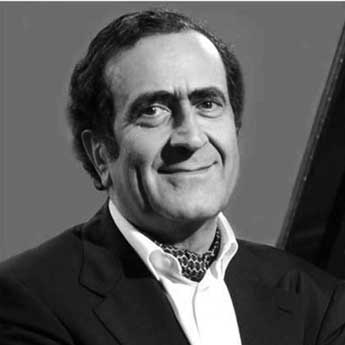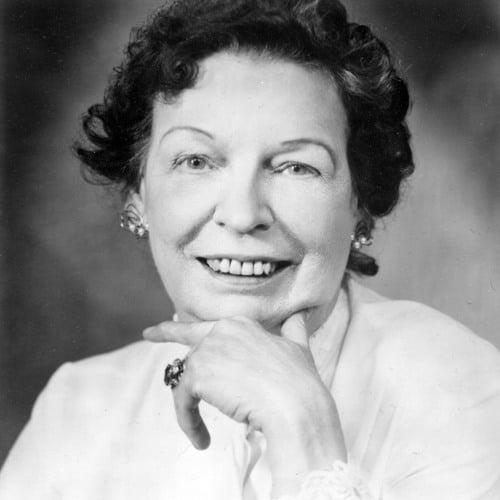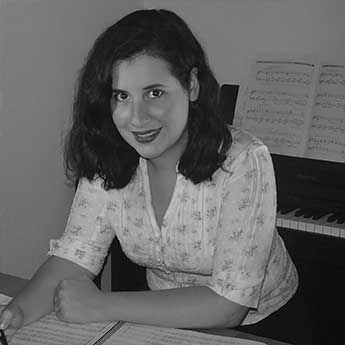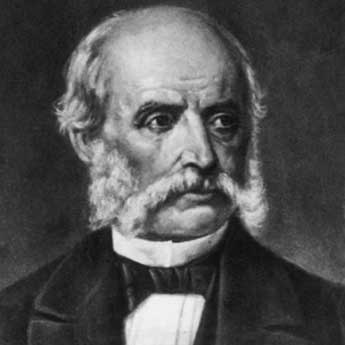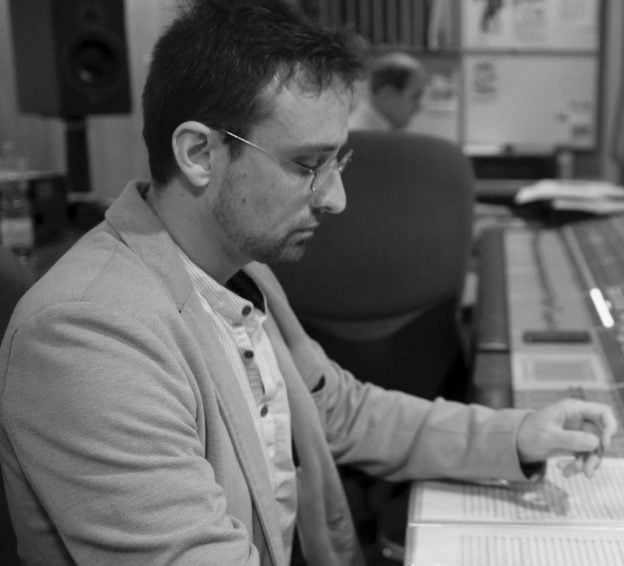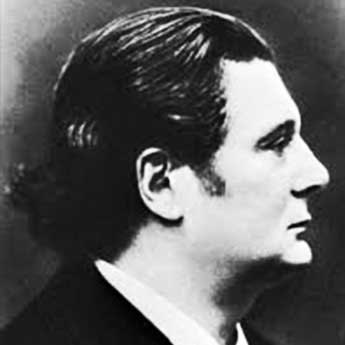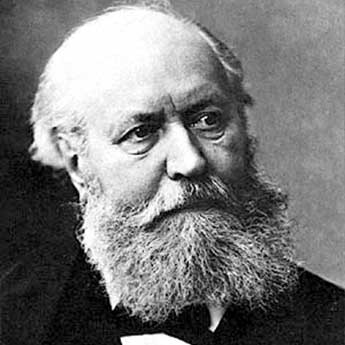
GOUNOD Charles
Charles-François Gounod was the son of a talented painter, François-Louis Gounod, and a distinguished woman who was his first piano teacher. After graduating from the Lycée Saint-Louis, he studied harmony with Antoine Reicha, then composition with Jean-François Lesueur and Jacques Fromental Halévy at the Paris Conservatoire.
Compositions
Biography
Charles-François Gounod was the son of a talented painter, François-Louis Gounod, and a distinguished woman who was his first piano teacher. After graduating from the Lycée Saint-Louis, he studied harmony with Antoine Reicha, then composition with Jean-François Lesueur and Jacques Fromental Halévy at the Paris Conservatoire. In 1839, he won the Grand Prix de Rome for his cantata Fernand. He took advantage of his stay at Villa Medici to study religious music, especially that of Palestrina.
In 1859, his Faust was performed at the Théâtre Lyrique, an opera based on Goethe’s drama, in which Marguerite is seduced by Faust after he has sold his soul to the devil. Thanks to a superb score, including Mephisto’s famous aria Le Veau d’or, Marguerite’s aria dit des bijoux – Ah! je ris – immortalized in his own way by Hergé’s La Castafiore, the soldiers’ chorus and the ballet music from Walpurgis Night, the success was considerable: 70 performances in the first year. In 1867, he published Roméo et Juliette, an opera based on Shakespeare, whose best-known arias are Juliette’s charming waltz, Je veux vivre, and the tenor aria Ah lève-toi, soleil!
Although Gounod is best known for his operas, he also composed two symphonies and a Petite symphonie pour neuf instruments à vent (1885) – religious music, including his famous Ave Maria, not intended for performance in a church and derived from the first prelude of Bach’s Well-Tempered Clavier – and numerous melodies to poems by Alfred de Musset and Victor Hugo, such as Venise, Ô ma belle rebelle, D’un cœur qui aime and L’Absent, which he wrote himself. He also wrote a work called Death and the Rose.
He died on October 17, 1893 in Saint-Cloud, and was buried in the Auteuil cemetery. His funeral took place ten days later at the Madeleine church, with Saint-Saëns at the organ and Fauré leading the choir.
News
No news available
Events
No event available
